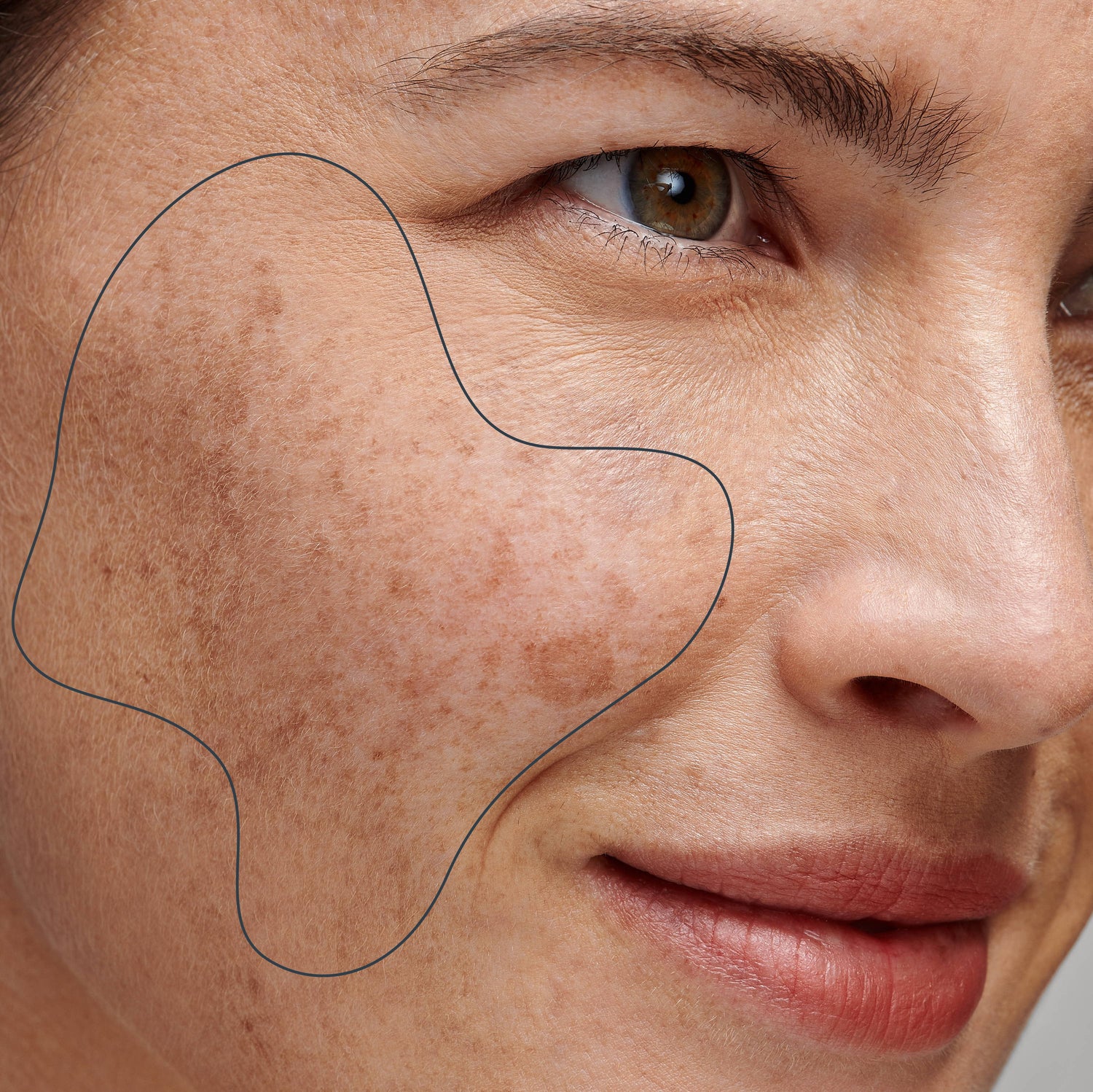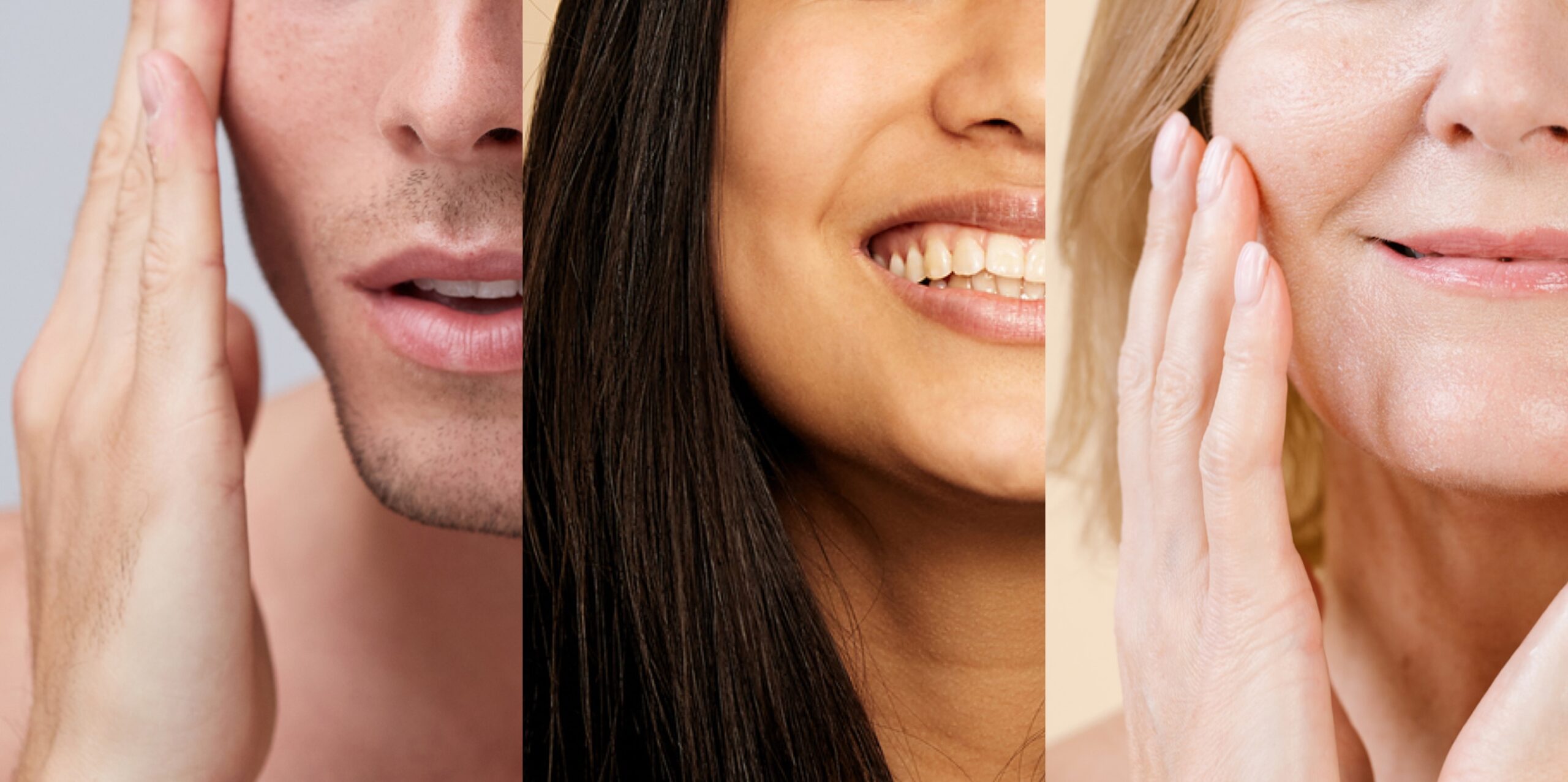I. Introduction
A. The desire for lighter skin
In many cultures around the world, there has been a long-standing fascination with lighter skin tones. This desire for fairer skin can stem from various factors such as societal standards of beauty, historical influences, and even personal preferences. While it is important to acknowledge and understand this desire, it is equally crucial to approach the topic with sensitivity, recognizing that all skin tones are beautiful and that diversity should be celebrated.
B. The importance of understanding the process
Before delving into the quest for lighter skin, it is crucial to understand the process of skin pigmentation and how it influences our natural skin color. By gaining knowledge about the underlying mechanisms, we can make informed decisions and adopt healthy practices that promote overall skin health.
C. Embracing diversity and self-acceptance
While it’s natural to have personal preferences and aspirations, it is essential to remember that true beauty lies in self-acceptance and embracing one’s own unique features. Embracing diversity means appreciating the richness of different skin tones and promoting inclusivity. By focusing on self-care and overall skin health, we can enhance our natural beauty and cultivate a positive body image.
II. Understanding Skin Pigmentation

A. What determines skin color?
Skin color is determined by a variety of factors, including genetics, the amount and type of melanin produced, and the distribution of melanin within the skin layers. Melanin, the pigment responsible for skin, hair, and eye color, plays a vital role in determining our skin tone.
B. Melanin and its role in pigmentation
Melanin is produced by specialized cells called melanocytes, which are present in the epidermis, the outermost layer of the skin. The production and distribution of melanin are influenced by various factors, including genetic makeup, hormonal changes, and exposure to ultraviolet (UV) radiation.
C. Types of melanin and their effects on skin tone
There are two primary types of melanin: eumelanin and pheomelanin. Eumelanin is responsible for darker skin tones, while pheomelanin contributes to lighter skin tones. The ratio of these two types of melanin, along with their distribution within the skin, determines an individual’s specific skin color.
III. Common Causes of Uneven Skin Tone
A. Sun exposure and UV damage
Excessive and unprotected exposure to the sun’s harmful UV rays is a significant contributor to uneven skin tone. UV radiation stimulates the production of melanin as a natural defense mechanism, leading to tanning or sunspots. Prolonged sun exposure without proper protection can result in long-term damage and uneven pigmentation.
B. Hormonal changes and imbalances
Hormonal fluctuations, such as those that occur during pregnancy or with certain medical conditions, can trigger changes in skin pigmentation. Conditions like melasma, commonly known as the “mask of pregnancy,” can cause patches of darkened skin to appear on the face. Understanding these hormonal influences can help manage and address uneven skin tone effectively.
C. Post-inflammatory hyperpigmentation
Inflammatory skin conditions or injuries, such as acne, eczema, or cuts, can lead to post-inflammatory hyperpigmentation. When the skin heals from these conditions, excess melanin may be produced, resulting in dark spots or patches. Proper skincare and gentle treatment of such conditions can help prevent or minimize post-inflammatory hyperpigmentation.
D. Skin conditions and diseases
Certain skin conditions, such as vitiligo or albinism, can cause uneven pigmentation or patches of lighter skin. These conditions are typically genetic and require medical attention. It is important to approach such conditions with empathy and support, promoting inclusivity and understanding.
IV. Healthy Skin Care Practices

A. Daily sun protection
1. Importance of sunscreen
Sunscreen is an essential component of any skincare routine, regardless of skin tone. It helps shield the skin from harmful UV radiation, preventing sunburn, premature aging, and the development of sunspots. Look for broad-spectrum sunscreens that protect against both UVA and UVB rays.
2. Choosing the right SPF and reapplication
When selecting a sunscreen, consider your skin type, the intensity of sun exposure, and the SPF (Sun Protection Factor) rating. SPF 30 or higher is generally recommended for adequate protection. Remember to reapply sunscreen every two hours, especially when spending prolonged periods outdoors.
B. Gentle cleansing and exfoliation
1. Proper cleansing techniques
Cleansing the skin regularly removes dirt, excess oil, and impurities that can contribute to a dull complexion. Use a gentle cleanser suitable for your skin type, avoiding harsh ingredients that can strip the skin’s natural moisture barrier. Pat the skin dry gently with a clean towel after cleansing.
2. Exfoliation methods and frequency
Exfoliation helps remove dead skin cells, revealing a brighter complexion. However, it is important not to over-exfoliate, as this can cause skin irritation and sensitivity. Choose a gentle exfoliator and limit exfoliation to 1-2 times per week, adjusting the frequency based on your skin’s response.
C. Moisturization and hydration
1. Importance of moisturisers
Moisturizers play a vital role in maintaining skin health and preventing dryness. Look for moisturizers that are suitable for your skin type and contain hydrating ingredients such as hyaluronic acid or ceramides. Applying moisturizer after cleansing helps lock in moisture and maintain a supple, healthy complexion.
2. Hydrating ingredients to look for
When selecting skincare products, consider ingredients known for their hydrating properties, such as glycerin, aloe vera, or natural oils like jojoba or argan oil. These ingredients help replenish moisture and promote a healthy skin barrier.
V. Brightening Ingredients and Treatments

A. Natural remedies for skin lightening
1. Lemon juice and its benefits
Lemon juice contains natural acids, including citric acid, which can act as a mild skin brightener. However, it is important to exercise caution when using lemon juice as it can cause skin irritation and increased sensitivity to sunlight. If using lemon juice, dilute it with water and perform a patch test before applying it to the entire face.
2. Turmeric and its skin brightening properties
Turmeric, a spice commonly used in cooking, has been valued for its skin brightening properties for centuries. It contains curcumin, a compound with antioxidant and anti-inflammatory effects. When used in skincare products or as a face mask ingredient, turmeric can help promote a more radiant complexion.
B. Over-the-counter skin lightening products
1. Hydroquinone and its effectiveness
Hydroquinone is a commonly used ingredient in skin lightening products. It works by inhibiting melanin production and can be effective in reducing the appearance of dark spots and hyperpigmentation. However, it is essential to use hydroquinone under the guidance of a dermatologist, as misuse or overuse can lead to adverse effects.
2. Alpha hydroxy acids for skin renewal
Alpha hydroxy acids (AHAs) such as glycolic acid and lactic acid are exfoliating ingredients that help remove dead skin cells and promote skin renewal. Regular use of AHAs can improve skin texture, reduce the appearance of dark spots, and enhance overall skin brightness. Itis important to start with a lower concentration of AHAs and gradually increase usage to avoid skin irritation.
VI. Lifestyle Factors for Healthy Skin
A. Balanced diet and nutrition
1. Foods that promote healthy skin
A balanced diet rich in fruits, vegetables, whole grains, and lean proteins provides essential nutrients for skin health. Foods high in antioxidants, such as berries, leafy greens, and nuts, help protect the skin from damage caused by free radicals. Incorporate foods with vitamins A, C, and E, which support collagen production and overall skin health.
2. Importance of antioxidants in skin care
Antioxidants play a crucial role in maintaining healthy skin. They help neutralize free radicals, which can damage skin cells and contribute to premature aging. Look for skincare products that contain antioxidants like vitamin C, green tea extract, or resveratrol for added protection against oxidative stress.
B. Adequate hydration and water intake
Proper hydration is essential for skin health and maintaining a radiant complexion. Drinking an adequate amount of water helps flush out toxins, keeps the skin hydrated from within, and promotes a plump and youthful appearance. Aim to drink at least 8 glasses of water per day, adjusting intake based on individual needs and activity levels.
C. Stress management and relaxation techniques
1. Impact of stress on skin health
Stress can have a negative impact on overall skin health. It can lead to increased oil production, breakouts, and exacerbation of skin conditions like eczema or psoriasis. Chronic stress can also contribute to a dull complexion and accelerated aging. Implementing stress management techniques is vital for maintaining healthy skin.
2. Incorporating self-care into daily routine
Practicing self-care is crucial for overall well-being, including skin health. Allocate time each day for activities that promote relaxation and reduce stress levels. This can include engaging in hobbies, practicing mindfulness or meditation, enjoying a warm bath, or simply taking a walk in nature. Taking care of your mental and emotional well-being reflects positively on your skin.
VII. Embracing and Celebrating Your Natural Beauty
A. Self-acceptance and positive body image
Embracing your natural beauty begins with self-acceptance and fostering a positive body image. Recognize that beauty comes in all shapes, sizes, and skin tones. Appreciate your unique features and focus on cultivating self-love and confidence.
B. Recognizing the beauty of diversity
Diversity is a beautiful aspect of humanity, and skin tone is just one of the many ways it manifests. Embrace and celebrate the diversity of skin colors and cultures around the world. Encourage inclusivity and challenge societal standards that perpetuate narrow definitions of beauty.
C. Enhancing confidence through self-care
Taking care of your skin and overall well-being through self-care practices can enhance your confidence. When you prioritize self-care, you invest in your physical, mental, and emotional health, which positively impacts your self-image. Embrace skincare routines and practices that make you feel good about yourself, and remember that true beauty radiates from within.
VIII. Conclusion
A. Recap of key points
In the pursuit of lighter skin, it is essential to approach the topic with sensitivity, recognizing that all skin tones are beautiful. Understanding the process of skin pigmentation and the factors that contribute to uneven skin tone allows for informed decision-making. Embracing diversity and practicing self-acceptance are crucial in cultivating a positive body image.
B. Encouragement to prioritize overall skin health
Rather than focusing solely on achieving lighter skin, prioritize overall skin health. Adopt healthy skincare practices, protect your skin from sun damage, and nourish it through proper nutrition and hydration. By focusing on skin health, you can enhance your natural beauty and achieve a radiant complexion.
C. Emphasizing the importance of self-love and acceptance
Above all, remember to love and accept yourself as you are. True beauty lies in self-acceptance, embracing diversity, and celebrating the unique features that make you who you are. Embrace self-care, practice self-love, and let your confidence shine through, regardless of your skin tone.
